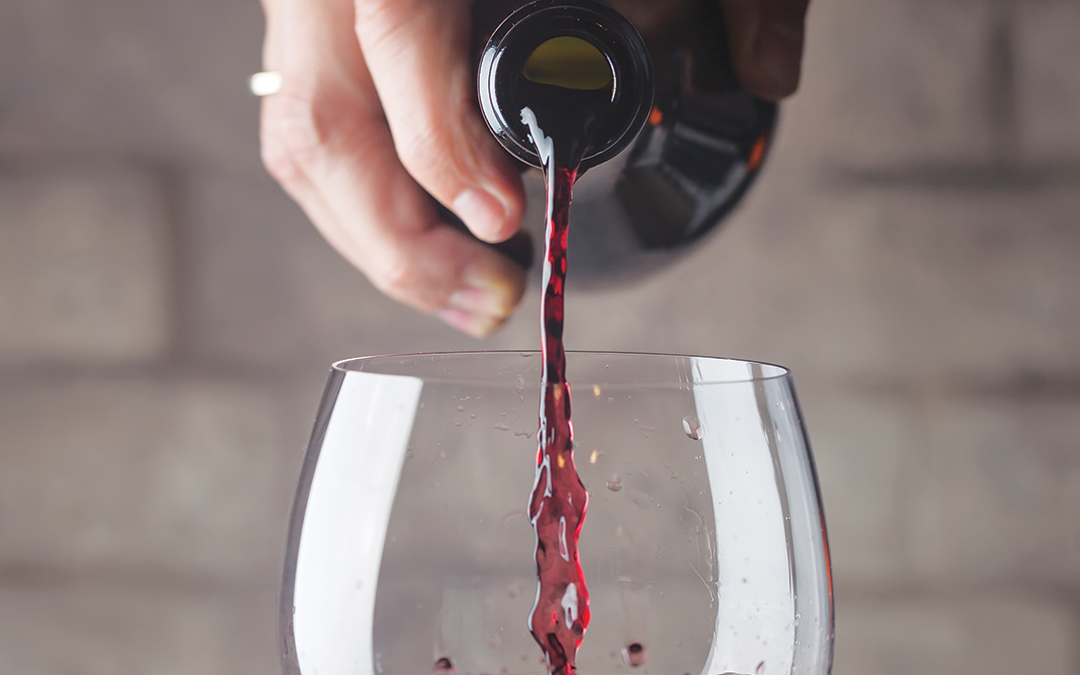The Monticello American Viticultural Area
The practice of winemaking in the Commonwealth can be traced back to 1609 when the earliest settlers of Jamestown planted vines to produce a cash crop utilizing the vital soils of the New World. Our local region’s history with wine reflects the days of Thomas Jefferson, noted as America’s first wine connoisseur, who believed Charlottesville and Albemarle County’s terroir was ideal for growing grapevines. The founding father’s goal was to position Virginia as a winemaking region that could rival the best Old World wines in quality. To help realize his dream, Jefferson enlisted the help of Italian viticulturist Filippo Mazzei, who tirelessly researched the terroir and planted thousands of vines on land around Monticello and neighboring farms.
While Jefferson’s intuition about the land was correct, the varieties of grapes he chose were not. Several failed grape-growing experiments at Jefferson’s mountaintop home of Monticello, and several pivotal and successive events in American history halted the progress of the Virginia wine industry: The Civil War, Prohibition, and then the Great Depression.
The region did not see successful vineyard ventures until the mid-1970s when winemakers began experimenting with grapes better suited for the land. Several pioneers set the tone for the industry to come. In the 1970s, a new generation of winemakers worked to find which vines thrive best in the cool-climate region and may have finally fulfilled Jefferson’s vision. In 1976, Italian winemaker Gianni Zonin of Gambellara (Vicenza), Italy, decided to expand his wine business internationally. Gianni Zonin bought land and sent his family’s vineyard manager, Gabriele Rausse, to Virginia to grow European grapes. Rausse found great success, becoming the first to successfully plant Vitis vinifera in Virginia, creating what is now known as Barboursville Vineyards.
Instead of keeping his newfound industry secrets of establishing vines in Virginia to himself, Rausse consulted with many other winery start-ups to share his knowledge and expertise, allowing for Virginia viticulture’s continued growth and success. As a legendary viticulturist, Rausse played a pivotal role in the thriving commercial cultivation of wine and is known as “The Father of the Virginia Wine.”
The ensuing years would see incredible growth in both the quantity and quality of Virginia wine and the successful development of the Virginia wine industry, largely thanks to the perseverance and passion of many key individuals.
Felicia Rogan moved to the area in 1976, and in 1983, with the help of her husband and friend, wine pioneer Lucie Morton, established Oakencroft Vineyard and Winery Corporation. When Rogan first developed her interest in a vineyard, Virginia featured six wineries, with only one remotely near Charlottesville. She worked hard to promote and improve the quality of local viticulture and served as the first chairman of the Virginia Wine Growers Advisory Board. Her vineyard won many awards, earning Rogan the title “the First Lady of Virginia Wine” by then-Governor Gerald L. Baliles.
Wine advocate and champion the late David King and his family founded King Family Vineyards, planting their first grapes in 1998—laying the foundation for what would become one of Virginia’s most important vineyards and wineries. King became an essential member of the local wine community and took on an important leadership role advocating for the entire industry.
“From lobbying state legislators to chairing the Virginia Wine Board, David’s contributions to the Virginia wine industry can’t be measured,” says Annette Boyd, director of the marketing office of the Virginia Wine Board.
“David was committed to helping us and the entire industry. He was instrumental in passing the Virginia Farm Winery Act, which limited the control local municipalities could have on winery activities, allowing the industry to grow significantly. He was an icon, and we owe it to his legacy to keep working to move the industry forward,” said Kirk Wiles, owner of Paradise Springs Winery and past chair of the Virginia Wine Board.
The Jeffersonian Wine Grape Grower’s Society (JWGGS) was established in the 1980s, combining the local industry’s knowledge and resources. In January of 1982, the JWGGS proposed establishing an American Viticultural Area (AVA) surrounding Charlottesville, named the Monticello AVA. The proposal was granted in 1984 based on the nationally recognizable name, the historical significance of the boundaries, and, most importantly, the geographical features (climate, soil, elevation, and other physical features) that distinguish the area. The Monticello AVA, which includes the counties of Albemarle, Greene, Orange, Fluvanna, and Nelson, has all the hallmarks of an excellent wine-growing region. Today, the Monticello Wine Trail, a subset of the JWGGS, flourishes, connecting over 40 wineries within a 25-mile radius of Charlottesville. Each member winery owes homage to Thomas Jefferson’s vision of winemaking and is honored to help fulfill his dream.

